Flower D.0511275161
Table of contents :
Half-title……Page 3
Series-title……Page 4
Title……Page 5
Copyright……Page 6
Dedication……Page 7
Contents……Page 9
1.1 Introduction……Page 11
1.2.1 Formation of molecular hydrogen……Page 13
1.2.2 Formation of molecules more complex than H2……Page 14
Dense clouds……Page 15
Diffuse clouds……Page 18
1.3 Chemical bistability in dense clouds……Page 19
2.1 Introduction……Page 22
2.2 The MHD conservation equations……Page 23
2.2.1 The equations in one dimension……Page 24
2.2.2 The role of the magnetic field……Page 26
2.2.3 The source terms……Page 27
2.3 The structure of interstellar shock waves……Page 31
2.3.1 The ‘discontinuity’ in a J-type shock wave……Page 33
2.3.2 The cooling flow of a J-type shock wave……Page 34
2.3.3 C-type shock waves……Page 36
2.4 Shock waves in dark clouds……Page 39
2.5 Shock waves in diffuse clouds……Page 43
3.2 The governing equations……Page 46
3.3 The role of molecules……Page 49
3.4 Chemistry……Page 52
3.5 Gravitational collapse……Page 54
4.2 The Born–Oppenheimer approximation……Page 59
4.3 The scattering of an atom by a rigid rotator……Page 62
4.3.1 The space-fixed (SF) basis functions……Page 70
4.3.2 The body-fixed (BF) basis functions……Page 73
4.3.3 The coupled states (CS) approximation……Page 75
4.3.5 Boundary conditions……Page 76
4.4 The rotational excitation of non-linear molecules……Page 79
4.4.1 Symmetric tops……Page 80
4.4.2 Asymmetric tops……Page 84
4.4.3 Asymmetric tops with internal rotation……Page 88
5.2 The scattering of an atom by a vibrating rotor……Page 92
5.2.1 Decoupling approximations……Page 96
5.2.2 The rovibrational excitation of H2 by He……Page 99
5.2.3 The rovibrational excitation of H2 by H……Page 100
5.2.4 The rovibrational excitation of HD by He and H……Page 101
5.3 Excitation of H2 and HD in collisions with H2 molecules……Page 102
5.4 Cooling functions……Page 103
5.4.1 Results……Page 104
6.1 Introduction……Page 108
6.2.1 Systems with one open shell……Page 109
Excitation of C 2p2 3P and O 2p4 3P in collisions with H2……Page 120
6.2.2 Systems involving more than one open shell……Page 122
Excitation of C+ 2p 2Po in collisions with H……Page 123
Excitation of C 2p2 3P and O 2p4 3P in collisions with H……Page 124
6.2.3 Cooling rates……Page 125
7.1 Introduction……Page 128
7.2 The radiative transfer equation……Page 129
7.2.1 The ‘Large Velocity Gradient’ approximation……Page 131
7.2.2 Population inversion and maser action……Page 133
7.3 The OH radical……Page 134
7.4 Producing population inversion……Page 138
7.5 Rotational excitation of OH by H2……Page 139
7.5.1 The OH–H2 interaction potential……Page 140
7.5.2 OH-H2 collisions……Page 146
8.1 Introduction……Page 149
8.2 The Landau–Zener model……Page 150
8.3 The ‘orbiting’ model……Page 153
8.4.1 Formulation……Page 155
8.4.2 Calculations……Page 159
8.5 Selective population of excited states……Page 161
9.1 Introduction……Page 163
9.2.1 Radiative transitions……Page 164
9.2.2 Collisional transitions……Page 165
9.3 Electron collisional excitation……Page 166
9.4.1 Shape resonances……Page 168
9.4.2 Feshbach resonances……Page 169
9.5 Forbidden line emission from Herbig–Haro objects……Page 171
10.2 The oscillator strength……Page 173
10.3 The transition probability……Page 175
10.4 Photoionization and radiative recombination……Page 176
10.5 Radiative transitions in molecules……Page 179
10.5.1 Photodissociation of H2……Page 180
Appendix 1 The atomic system of units……Page 182
Appendix 2 Reaction rate coefficients……Page 183
References……Page 187
Index……Page 195
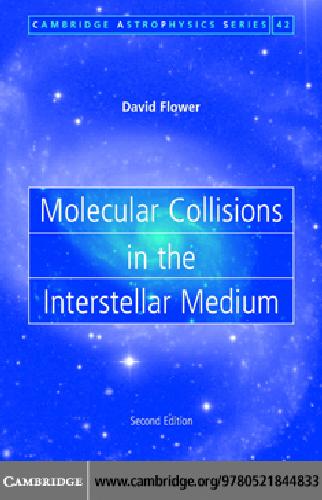
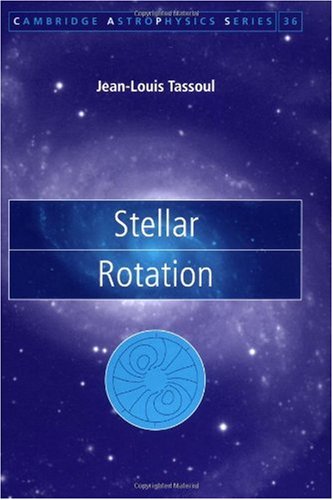
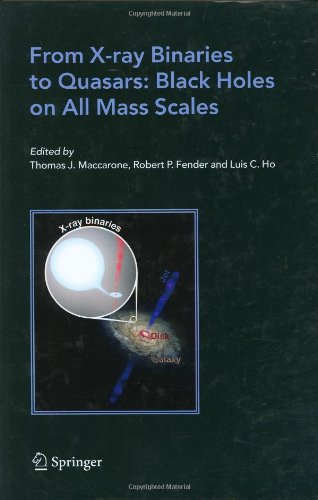
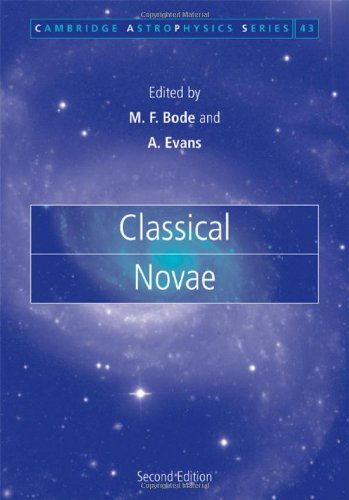
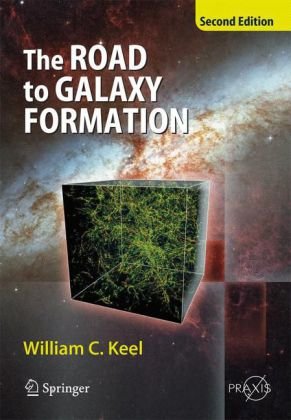

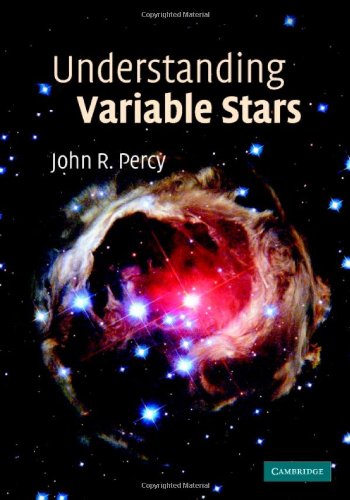
Reviews
There are no reviews yet.